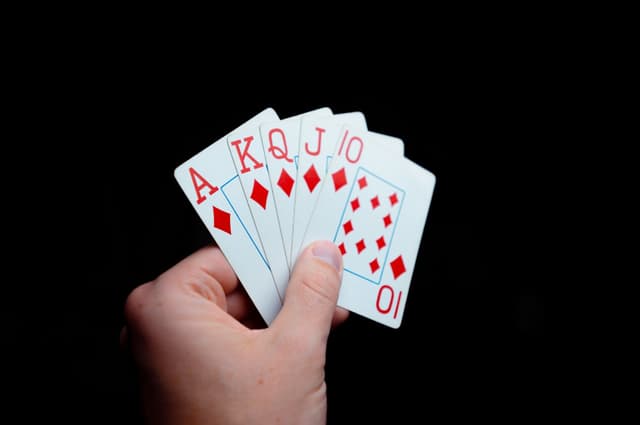The Content Multiplier: Repurposing Static Visuals into Video Campaigns Across Platforms
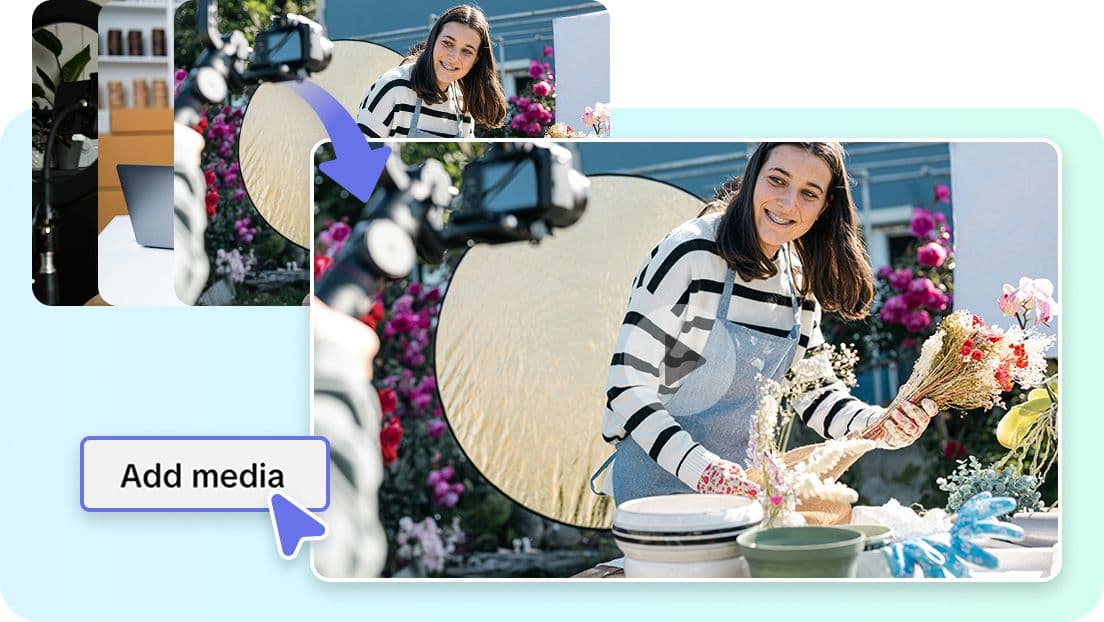
What if your brand's next viral video already exists — hidden in your photo library somewhere? With current AI video generator technology, that's not out of the question. Any still image, every campaign photo, every behind-the-scenes shot can be transformed into part of a motion, story-based campaign intended for TikTok, YouTube, Instagram, and more.
Pippit enables that conversion in minutes. By converting static images into lively video narratives, Pippit enables brands to extend their creative resources further without reshoots or high editing bills. Whether you're a small business attempting to remain seen on various social media or a marketing department juggling the scale of a large campaign, motionized content is the key to doubling reach and engagement — from images you already possess.
Turning archives into motion: the power of reuse
All brands accumulate a library of images over the years — product photos, event images, testimonial portraits, lifestyle shots. Typically, these remain stuck in folders following the end of a campaign. But suppose those same assets could be the starting point for new, lively campaigns?
That's the magic of the image to video process. Rather than allowing old images to become digital dust, marketers can reimagine them in new formats: carousel-to-video narratives, animated ads, or looping product demos. Every frame is part of a rhythmic storytelling — something that keeps the viewer's eyes engaged rather than scrolling over.
This method not only saves cost of production but also enhances brand coherence. Your tone, colours, and visual identity remain consistent across several channels while your content output explodes — a two-in-one for teams that must remain agile and seen.
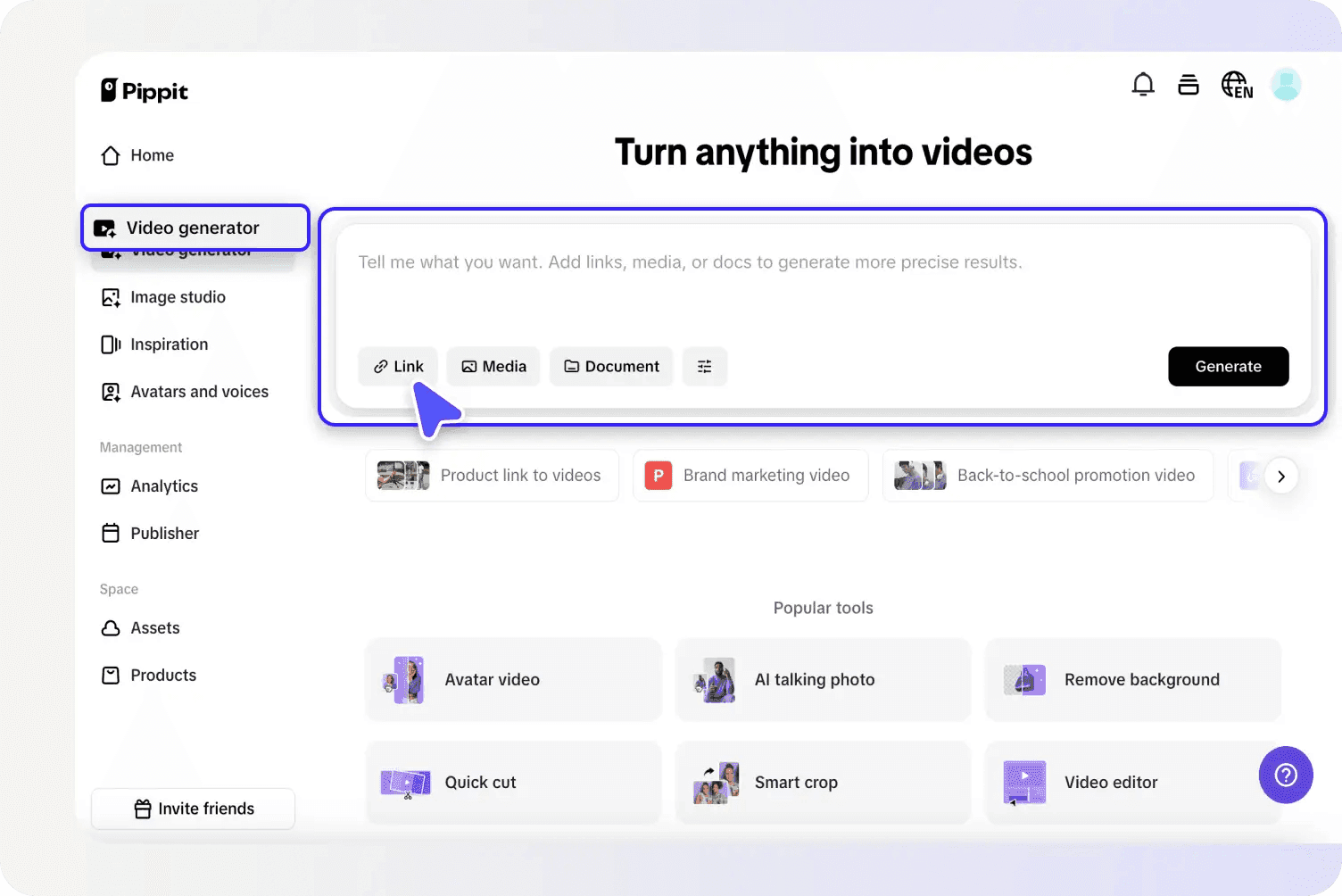
Motion that is timely
Social media are hungry for video, but they are not all the same. Each has its own tempo, style, and user activity — and that's where repurposing is an art form.
Envision transforming your product flat lay into a looping Instagram Reel, your testimonial photo into a TikTok story with ambient movement, or your banner image into a YouTube bumper ad. The movement does not need to be cinematic; it simply must be alive.
With the help of AI tools, marketers can customize pacing, sound, and overlays for each platform. The same image can then emerge in five different forms — a brief teaser, a longer explainer, an animated advertisement, a story format, and a looped background clip. One idea becomes a content ecosystem all of a sudden.
And with Pippit's AI-powered motion generation and smart editing features, that process doesn't require a video team — it requires just one marketer with a good idea.
Data-driven storytelling through automation
The brightest marketers today don't merely upload videos — they experiment with stories. One video that succeeds on one platform can easily dictate what succeeds elsewhere.
Brands turn a bunch of still images into actual motion clips. That means they've got way more material to play around with and check out. They can see which angle pulls in the highest watch time. Motion cues end up driving more conversions too. Once there's solid data piling up, marketers start sharpening not just the content itself. They tweak the emotional side of things. Viewers' reactions to rhythm, tone, and those transitions get nailed down pretty exactly.
AI video tools like Pippit handle the automation part. Marketers don't waste time on the rough cutting and syncing anymore. They focus on the creative decisions instead. Quicker iterations happen. More experiments get run. The feedback loop speeds up. It improves a bit with every campaign cycle, you know.
Motion storytelling made easy: make your videos with Pippit
So, how can you transform static images into brilliant motion campaigns with Pippit? Let's simplify it.
Step 1: Add your images
Sign in or sign up to Pippit and navigate to the media upload tab under the "Video generator" menu. Press Add media to add images from your storage or cloud, or insert a product URL into the inserted field automatically. Press Generate to allow the AI to automatically recognize images and generate your video.
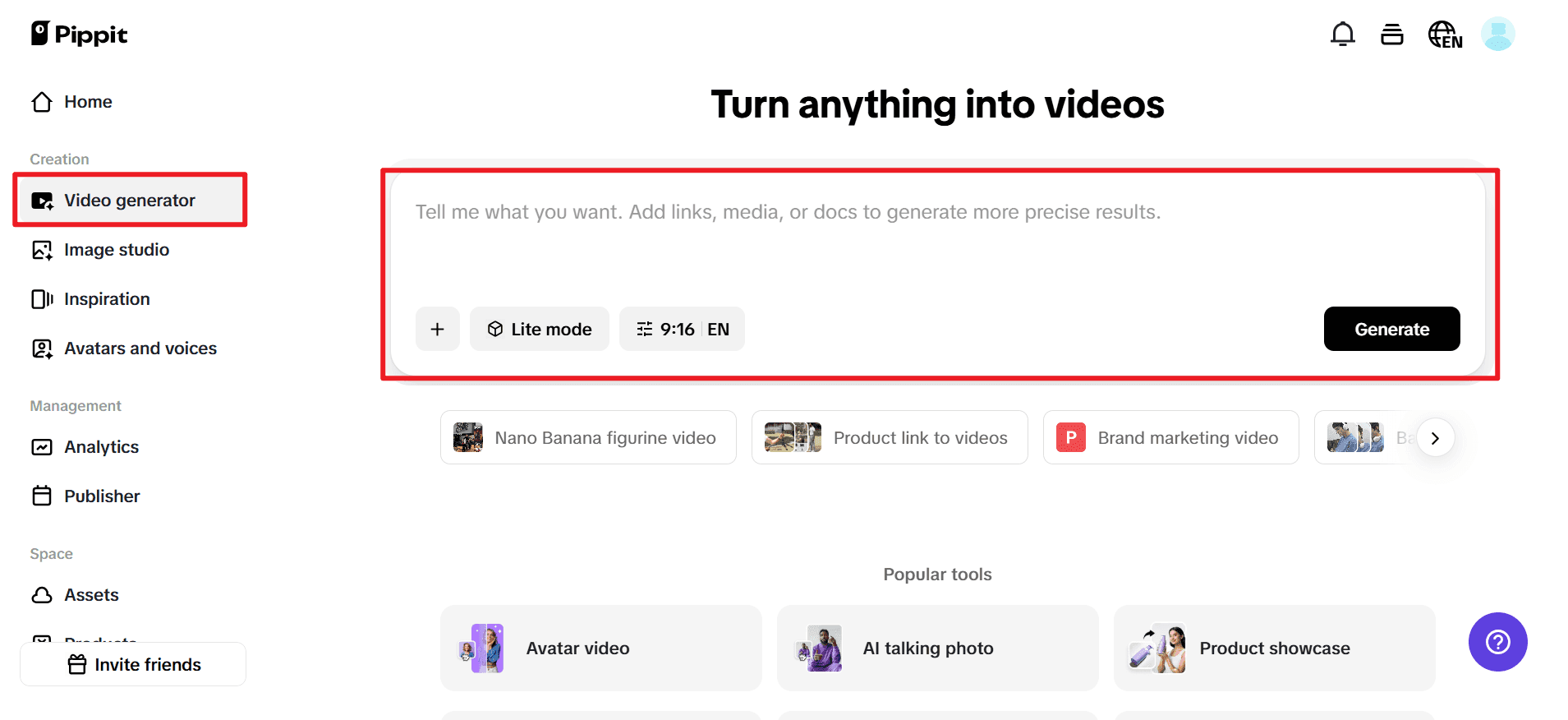
Step 2: Change settings and generate
After you upload your link or media, Pippit generates a preview with auto-selected clips and essential product information. Check and edit visuals, highlights, and descriptions. Next, select your desired video type and customize the crucial settings like AI avatar, voice, aspect ratio, language, and duration. Lastly, click the Generate button to finish your personalized video.
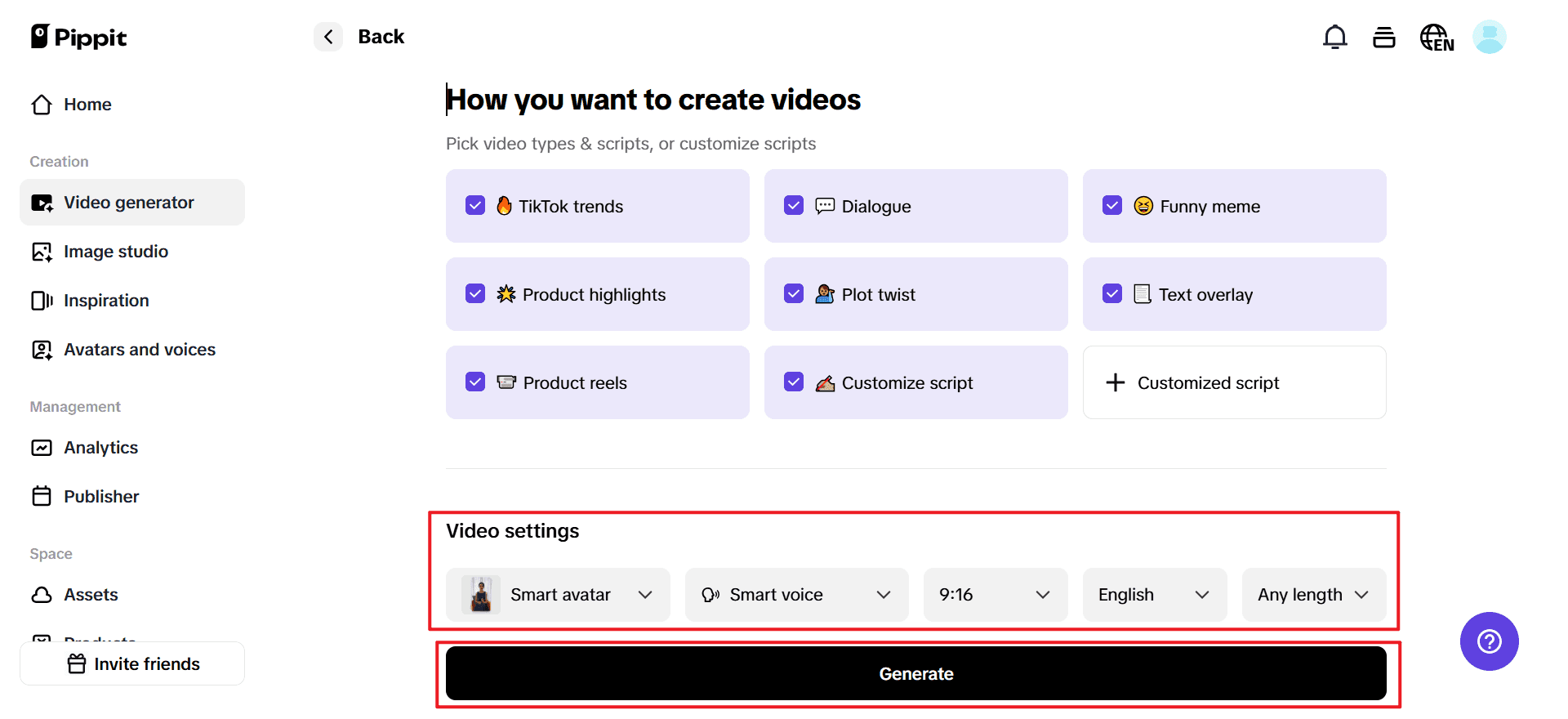
Step 3: Download the video
Preview your video for quality. Use Quick edit (under the video) to fine-tune script, caption style, avatar, and voice. Try various styles to match your imagination. For finer edits, click Edit more for professional tweaking.
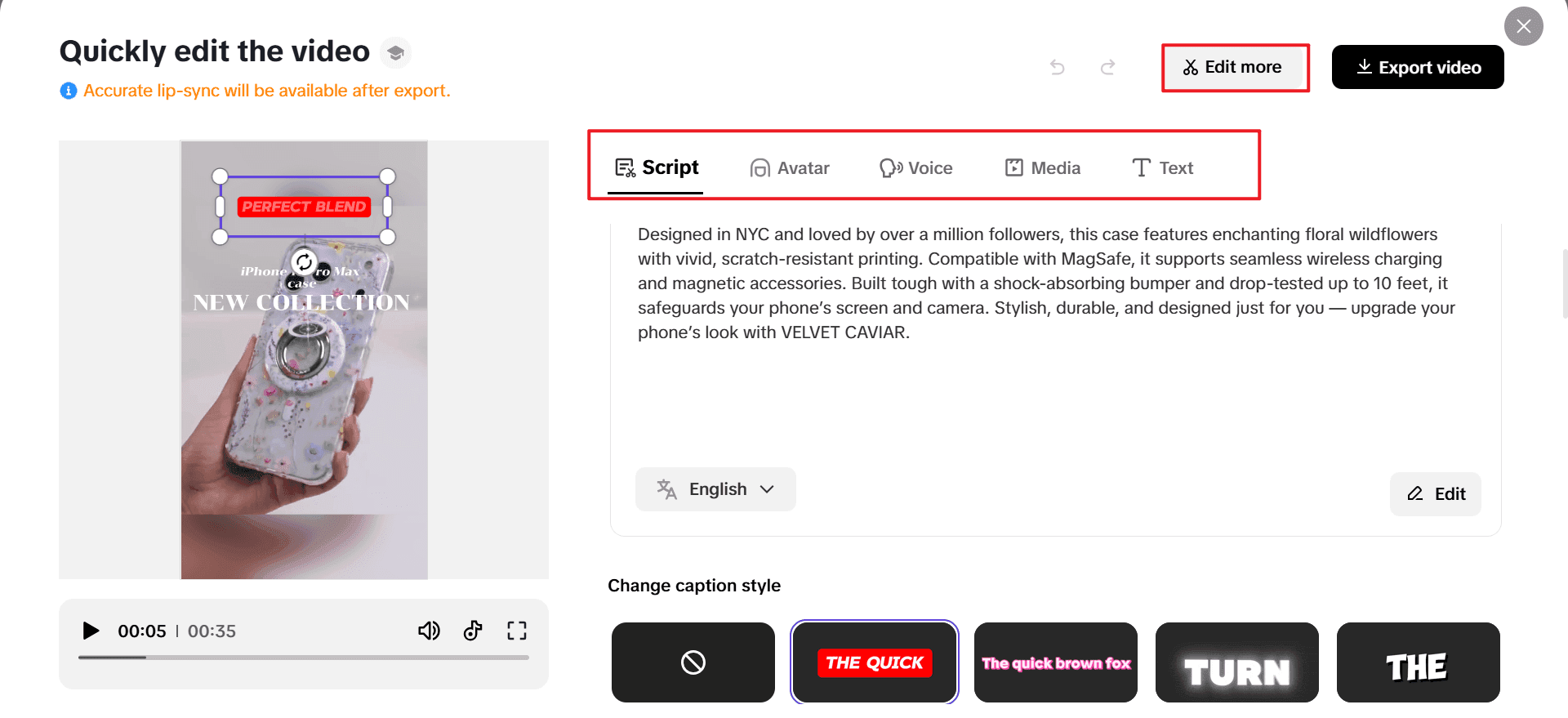
When ready, click Export to create your final high-resolution photo videos, available for distribution on various platforms or marketing campaigns.
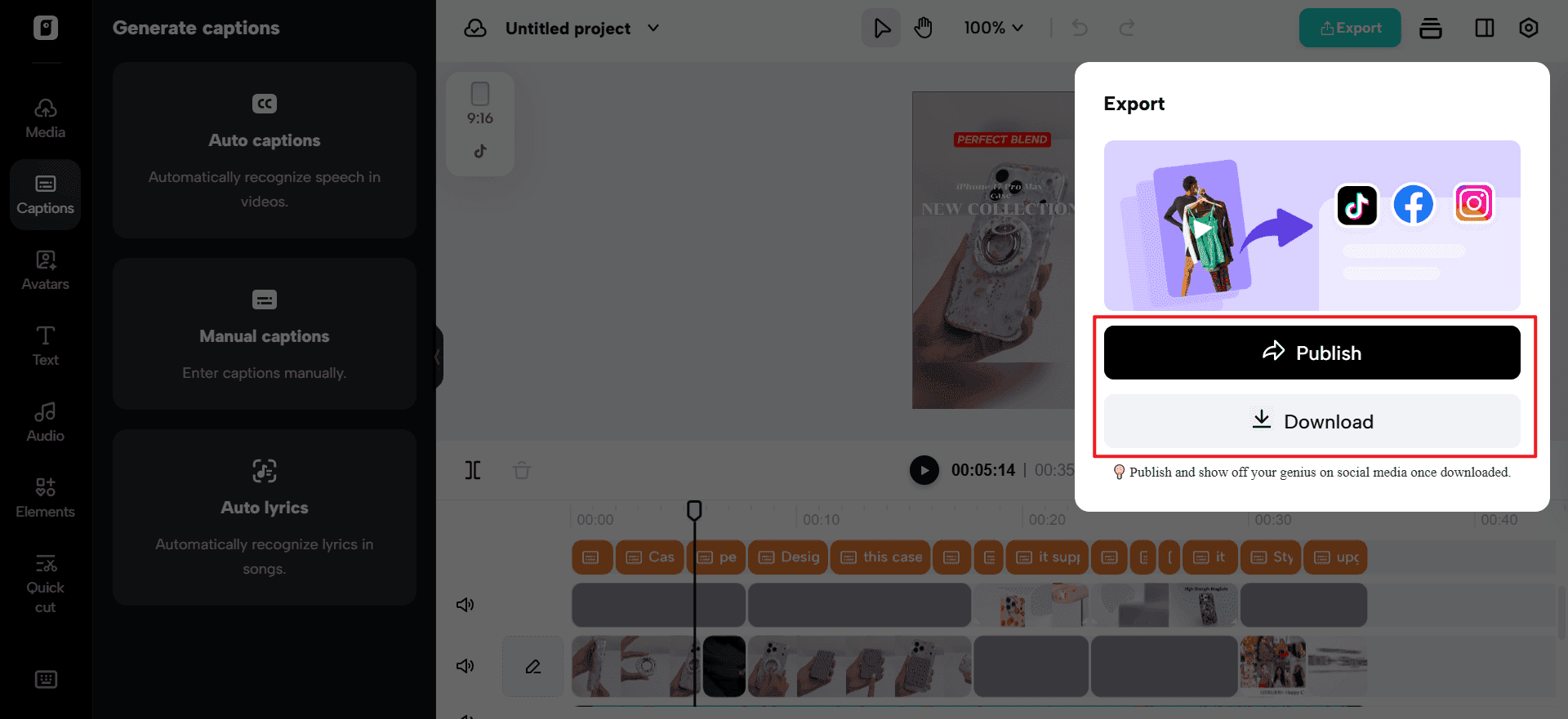
Doubling your reach without doubling your workload
What gives this style so much strength is scalability. One image can become several short-form commercials, looping motion backgrounds, or promotional clips without any additional shoots or extra cost.
It also accommodates omnichannel marketing. Every platform — LinkedIn, TikTok, Pinterest, YouTube Shorts, Instagram — prefers various lengths and tones. Rather than hiring different people for different content, marketers can convert the same visual foundation into platform-specific iterations with Pippit's AI avatar technology. It's a creative recycling cycle that keeps the brand out there and in front of audiences all the time.
More significantly, it leaves marketing groups agile. In case trends shift overnight — and they tend to do that — it's easier to update content motion than to reshoot a whole campaign.
Motion as a new visual language
Viewers no longer react to quietness; they yearn for flow and rhythm. A traveling picture — an even slight pan or zoom — is more vibrant, more human. That emotional resonance is what drives passive scrollers to become active viewers.
As brands embrace this way of thinking, the boundary between photography and film is eroded. Every photograph now has the potential to be a micro-narrative, a moment in a grander campaign universe. Pippit's automation just allows marketers to capture that momentum without sacrificing time or artistic control.
The future of content efficiency
Thing is, we're stepping into this whole new era. Every scrap of visual content out there, it can keep getting reused in different ways. AI's like the handy link that pulls it all together, you know. Brands don't need to crank out more stuff anymore. They can just pump up what they've already got going.
Tools such as Pippit not only prolong the life of current imagery but also simplify content pipelines. What used to take days of editing or several software steps is now a matter of minutes. The outcome? Greater creativity, fewer burnouts, and cohesive storytelling on every screen that counts.
Conclusion: let your visuals live more than once
Static imagery was never intended to remain static. Each image — from a product photograph to a campaign still — has the potential for movement, storytelling, and emotional resonance. With Pippit's AI video creator, that potential is made real.
You can take those old photo collections and turn them into new video stuff that works across different platforms. You are not just holding onto the content. You let it change and get better over time. So head over to Pippit, pick out your best still images, and crank up that creative reach of yours. Your next solid campaign might be hanging out in that photo folder already. Just needs a little push to get going.






